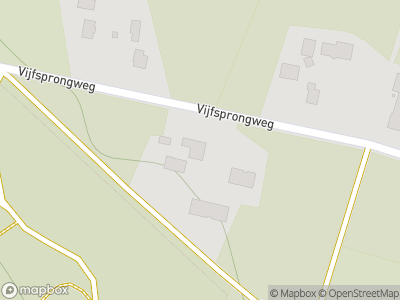Het Wekeromse Zand is a sandy plain near the town of Ede which has been inhabited since the Iron Age. This area is also home to the largest Celtic Fields in the Netherlands. These are smaller prehistoric fields of approximately 40 x 40 metres that are surrounded by embankments. From the air, these Celtic Fields look like honeycomb.
Farmers in Wekerom
Early farmers preferred sandy soil. Whilst the soil was arid, and relatively infertile, it was easy to work, and when a field was exhausted, they would look for a new one. The farmer removed the stalks, trunks, stones and anything else he did not want in his field, and piled them up around the edges. As time passed by, these piles turned into embankments. If the farmer wanted to keep his cattle contained or drifting sands out of his field, he would plant bushes on top of the embankments. These early farmers grew spelt, millet, tic beans and later, rye. The poor soil around Wekerom meant that it was only possible to grow enough for sustaining a maximum of three families.
Spieker
These prehistoric Celtic Fields are also found in Great Britain, Ireland, Belgium and other countries in Northwest Europe. The term Celtic Field was invented in 1923 by an English archaeologist, and is still used in the Netherlands. The Celtic Fields near the sand plains known as Het Wekeromse Zand, were discovered in 1996 and can still be seen today. Some of them even revealed the remains of ancient farm buildings, and in 2011, a reconstruction was made of a complete Iron-Age farm including a grain store called a ‘spieker’ (from the Latin spica, meaning grain).
Germanic Well
There is also an ancient water well here, dating from the same period. It is a pit approximately one metre deep, that farmers from the surrounding area used to collect water for themselves, the animals and possibly for their crops too. It has been named the Germanic Well. To make it easier to collect the water, a hollowed out tree trunk was dug into the ditch, and by counting the rings on this tree trunk , so-called dendrochronology , researchers have been able to date the well back to 300 BC. Since its discovery, the Germanic Well has been cleaned, reconstructed, and given a new oak well head.














